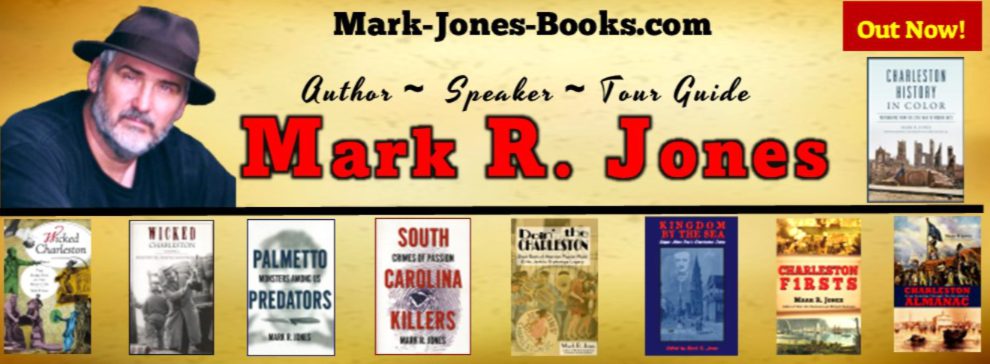1747-Slavery
Henry Laurens returned from his internship London and opened an import and export business. Through his English contacts, Laurens entered into the slave trade with the Grant, Oswald & Company who controlled 18th century British slave castle in the Republic of Sierra Leone, West Africa known as Bunce Castle. Laurens contracted to receive slaves from the “rice coast” of Serra Leone, catalogue and market the human product by conducting public auctions in Charles Town. His company Austin and Laurens, in the 1750s, handled was responsible for the sales of more than eight thousand Africans
1754-Slavery. Executions
Two female slaves of Mr. Childermas Croft were burned alive for setting fire to their master’s main house and several plantation outbuildings in Charleston.
1766- Arrivals
New royal governor, twenty-five year old Charles Grenville Montagu, Duke of Cumberland, arrived. He presented a petition directing the Assembly to pay former Governor Boone’s salary for two and a half years. Montagu Street and Cumberland Street in Charleston are named after him.
While in Charlestown, Montagu lived in the home owned by Charles and Eliza Lucas Pinckney, who were living in England at the time. The Pinckney’s house was located at the present corner of East Bay and Guignard streets (formerly Molly Darcy’s Pub – now a parking lot)). It was destroyed by the 1861 fire.
1788-Executions
Five men and one woman – Robert Stacy, Josiah Jordan, John George, Edward Hatcher, Thomas Smith, and Ann Connely – were hanged for the robbery and murder of Nicholas John Wightman.
1818 –Slavery. Religion.
“Black Priests” appeared before the City Council asking for permission to “allow them to hold their meetings in the way they wished.” The Council denied the request, claiming that the “Missionaries” of the Philadelphia AME church were “fire-brands of discord and destruction.”
They did, however, allow daylight meetings as long as a “single white person” was present to monitor the service.


